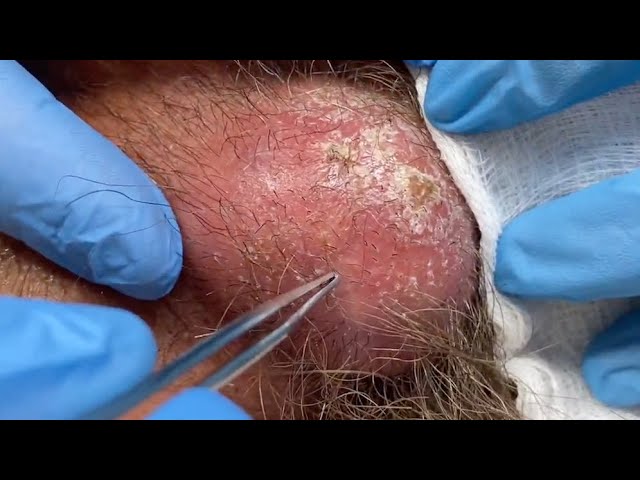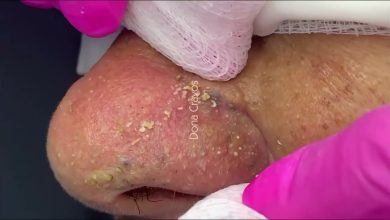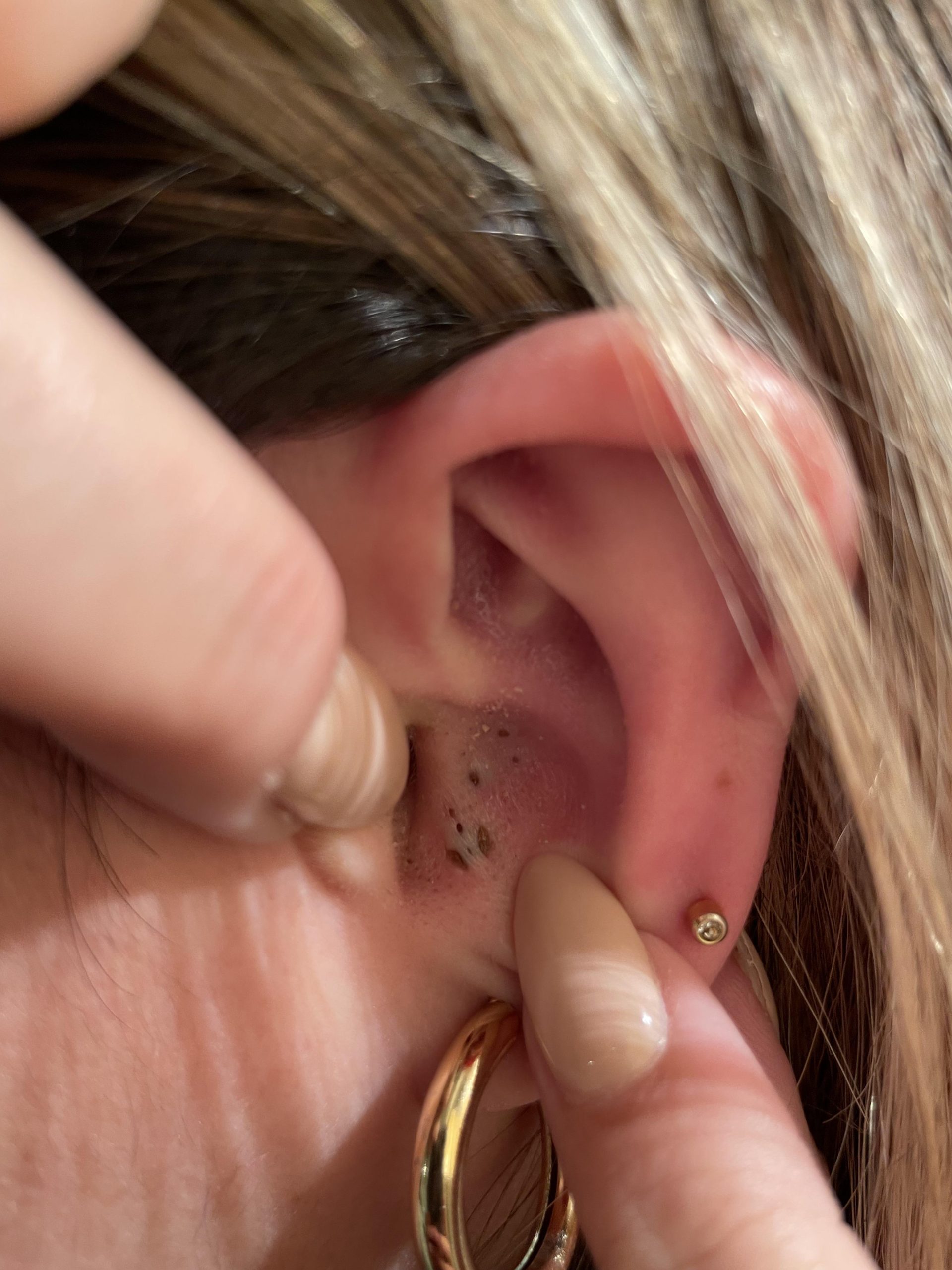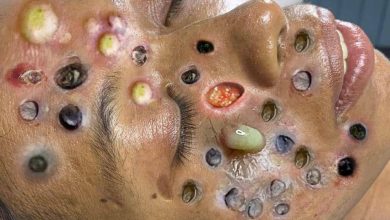Drainage of an Inflamed Epidermal Cyst at the Nape of the Neck: A Comprehensive Guide
Epidermal cysts, also known as sebaceous cysts, are common, non-cancerous lumps that form under the skin. These cysts often develop in areas with hair follicles or oil glands, such as the scalp, face, back, and even the nape of the neck. While most epidermal cysts are harmless and painless, they can sometimes become inflamed or infected, causing discomfort and requiring medical intervention.
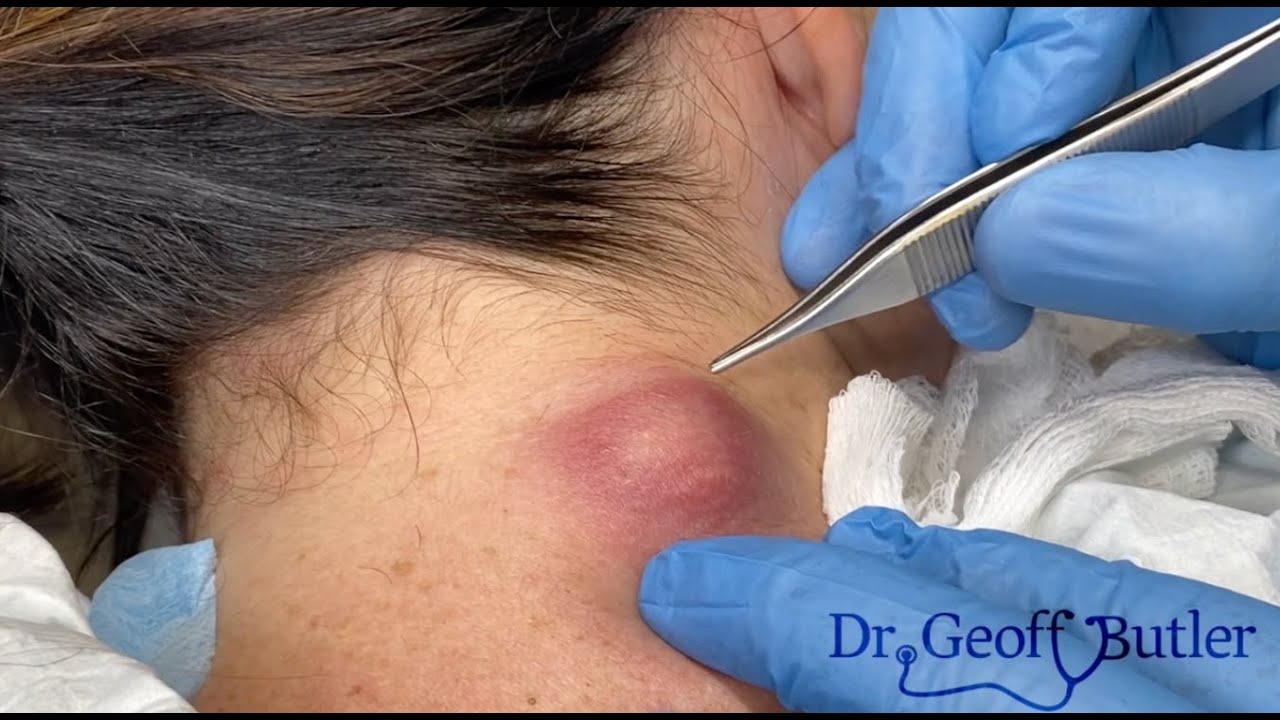
If you have an inflamed epidermal cyst at the nape of your neck, draining it may be necessary to alleviate pain and reduce the risk of infection. This comprehensive guide will walk you through the drainage process, the signs that you need drainage, and the steps to follow for safe and effective treatment.
What is an Epidermal Cyst?
An epidermal cyst is a small, closed sac beneath the skin that is filled with keratin, a protein produced by skin cells. These cysts can form when hair follicles or oil glands become blocked, causing a buildup of dead skin cells. Although they are typically slow-growing and painless, epidermal cysts can become inflamed due to infection or trauma, which may lead to the need for drainage.
Why Does an Epidermal Cyst Become Inflamed?
An epidermal cyst can become inflamed or infected for several reasons:
- Infection: When the cyst is punctured or irritated, bacteria can enter and cause an infection, leading to redness, warmth, and swelling.
- Trauma: Any physical injury or pressure to the cyst can disrupt the skin and cause it to become inflamed.
- Blocked Drainage: If the cyst’s opening is blocked or closed, the contents inside may not be able to drain properly, leading to an accumulation of fluid and inflammation.
If you notice any of these signs, drainage may be necessary to prevent further complications and ease your discomfort.
Signs That Your Epidermal Cyst Needs Drainage
It’s important to know when an epidermal cyst requires drainage. Some signs to look for include:
- Redness and Swelling: The skin around the cyst becomes red, inflamed, and swollen, indicating an infection or irritation.
- Pain and Tenderness: The area around the cyst becomes painful to the touch, which may worsen over time.
- Warmth: An infected cyst often feels warm to the touch, signaling inflammation and potential infection.
- Pus or Discharge: If the cyst begins to leak a thick, yellowish or greenish discharge, it’s a sign of infection that may need medical attention.
- Increased Size: If the cyst grows rapidly and becomes increasingly tender, it may be an indication that it’s becoming infected and needs to be drained.
If you experience any of these symptoms, it’s crucial to seek medical attention promptly to prevent further complications.
How is an Inflamed Epidermal Cyst Drained?
Draining an inflamed epidermal cyst is typically performed by a healthcare professional, such as a dermatologist. Although it may be tempting to drain the cyst at home, it’s important to seek professional care to minimize the risk of complications, such as scarring, infection, or recurrence of the cyst.
Here’s a step-by-step overview of the drainage procedure:
1. Consultation with a Healthcare Professional
Before drainage, you’ll need to consult with a healthcare provider who will assess the cyst, evaluate the level of inflammation, and determine whether drainage is necessary. If the cyst is infected or too large, your doctor may recommend additional treatments, such as antibiotics or a minor surgical procedure.
2. Local Anesthesia
To ensure comfort during the procedure, a local anesthetic will be injected into the area around the cyst. This numbs the skin and tissue, so you won’t feel any pain during the drainage. You may feel some pressure or slight discomfort, but it should be minimal.
3. Incision and Drainage
Once the area is numb, your doctor will make a small incision in the cyst. The contents, which may include thickened keratin or pus, will be carefully drained out. If the cyst is infected, the doctor may use sterile tools to remove any pus or debris from the area. This helps to relieve pressure, reduce inflammation, and speed up the healing process.
4. Cleaning the Cyst Cavity
After drainage, your doctor will clean the cyst cavity to ensure there are no remaining fluids or debris. In some cases, if the cyst wall is not removed, the cyst may recur, so your doctor may also perform a minor surgical procedure to remove the cyst sac completely.
5. Closing the Incision
Once the cyst has been drained and cleaned, the incision may be closed with stitches. In some cases, if the cyst is large, the doctor may leave the incision open to allow for proper drainage and to reduce the risk of infection.
6. Post-Procedure Care
After the drainage, your doctor will provide you with aftercare instructions to promote healing and prevent infection. Common aftercare recommendations include:
- Applying Antibiotic Ointment: To prevent infection, your doctor may recommend using an antibiotic ointment on the incision site.
- Keeping the Area Clean: Gently wash the area with mild soap and water, and keep it clean and dry.
- Avoiding Pressure or Scratching: Refrain from pressing or scratching the treated area to avoid further irritation or infection.
- Monitoring for Infection: Watch for signs of infection, such as redness, increased swelling, or pus. If any of these occur, contact your doctor immediately.
Risks and Complications of Cyst Drainage
While cyst drainage is generally safe, there are a few risks to consider:
- Infection: As with any medical procedure, there is a risk of infection. Follow your doctor’s aftercare instructions carefully to reduce this risk.
- Scarring: Although the incision made for drainage is usually small, there may be some scarring after the procedure. Most scars will fade over time, but they can be permanent in some cases.
- Recurrence: If the cyst sac is not completely removed, the cyst may return. This is more likely with larger cysts or if the drainage is done prematurely.
When to Seek Medical Help
If the drainage procedure does not alleviate the symptoms, or if the cyst continues to grow or becomes more painful, you should seek further medical attention. Additionally, if you experience fever, worsening redness, or pus draining from the site, this could indicate a more serious infection that requires prompt treatment.
Conclusion
Draining an inflamed epidermal cyst at the nape of the neck is an effective way to relieve discomfort, reduce inflammation, and promote healing. While it’s a relatively simple procedure, it’s important to seek medical attention to ensure the proper technique is used and to minimize the risk of complications.
If you have an inflamed cyst on the nape of your neck, don’t hesitate to consult with a healthcare professional. Proper drainage and post-care can help you recover quickly and reduce the chances of recurrence, so you can get back to feeling your best.

